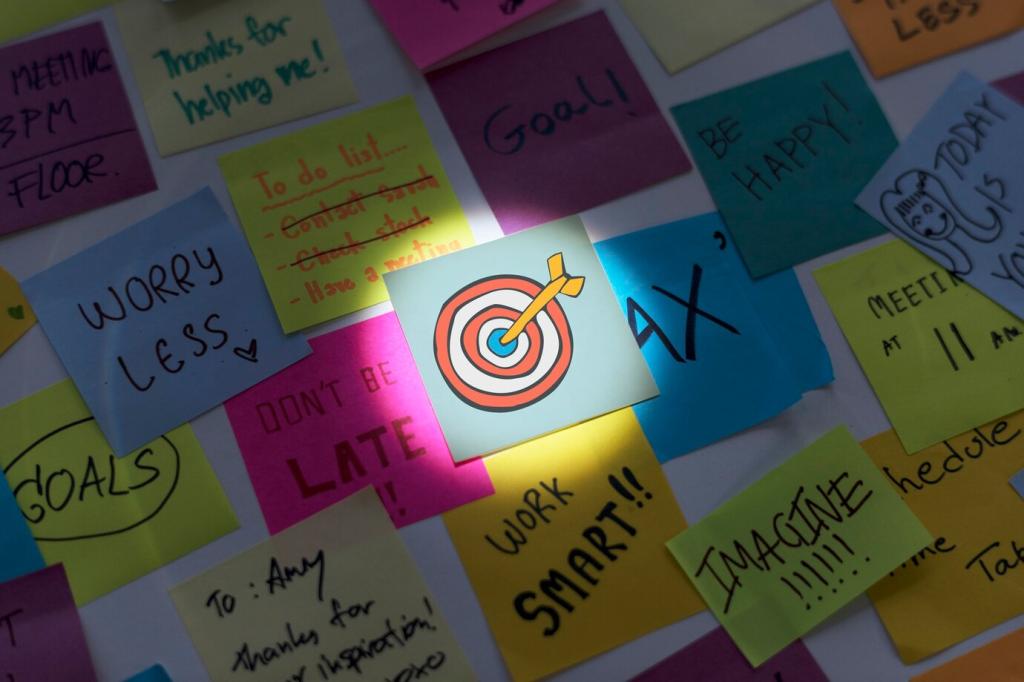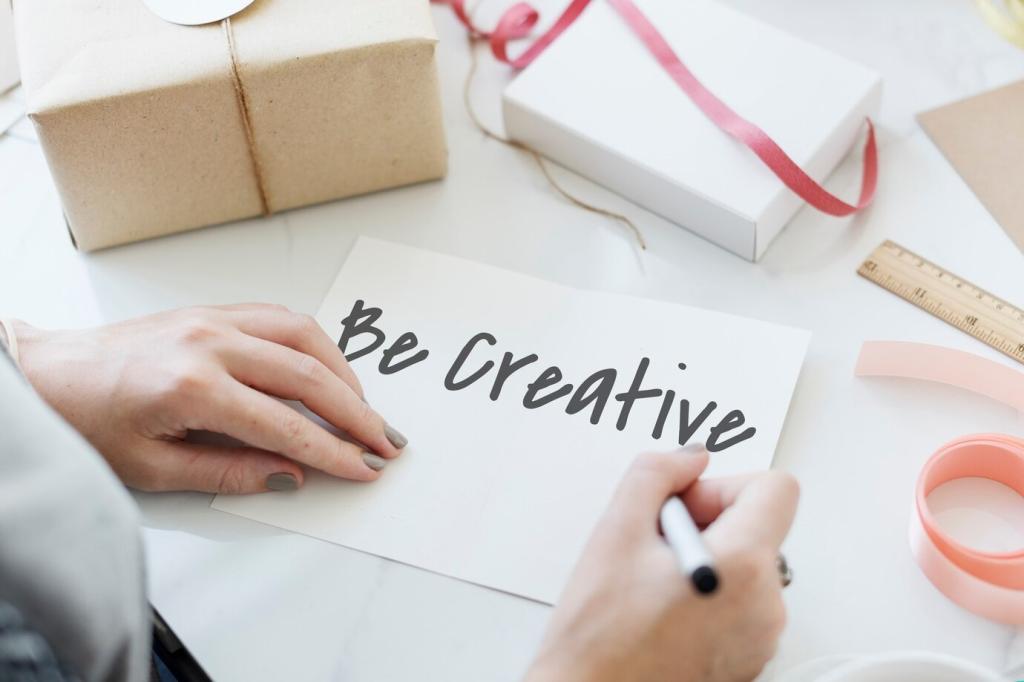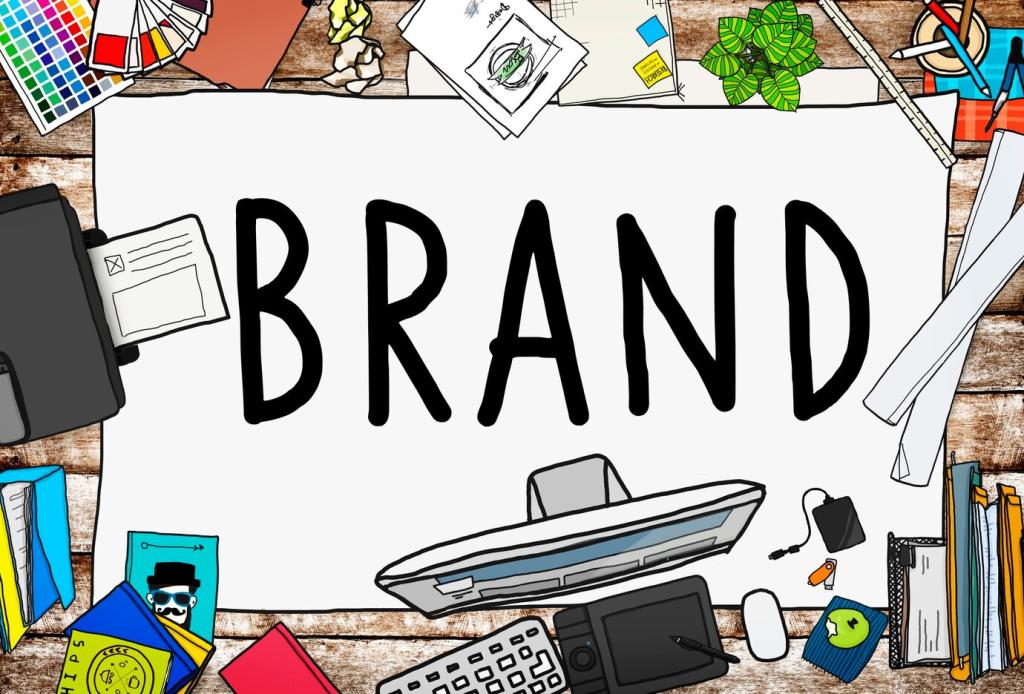Common Mistakes in Interior Design Copywriting and How to Avoid Them
Chosen theme: Common Mistakes in Interior Design Copywriting and How to Avoid Them. Welcome—let’s turn forgettable copy into spaces readers can feel. Expect practical fixes, real examples, and inviting prompts to help you write with clarity, credibility, and warmth.

Know the Reader Behind the Room
Persona Pitfalls to Dodge
Avoid assuming every reader is design-savvy or luxury-focused. A couple renovating their first home wants reassurance and step-by-step clarity, while a commercial developer seeks ROI and maintenance data. Sketch two or three personas, then write one page specifically for each.

Clarity Over Cliché
Instead of “luxurious materials,” write “solid walnut shelving sealed with natural oil for a satin hand-feel that resists fingerprints.” Specifics anchor imagination. Try this edit test: replace one grand adjective with a concrete material, dimension, or measurable outcome today.
Clarity Over Cliché
Swap declarations for evidence. Rather than “thoughtfully designed,” describe the morning routine: “A pull-out tray tucks the espresso machine behind a fluted door, vented for heat, so mornings stay calm and uncluttered.” Invite readers to picture their daily rituals changing.
Clarity Over Cliché
Passive constructions bury impact: “The space was designed to maximize light.” Try, “We opened the stairwell and added a skylight to flood the kitchen with morning sun.” Read aloud, shorten long clauses, and keep verbs muscular. Subscribers get our editing checklist—join in.
SEO That Serves Humans First
If someone searches “small apartment storage ideas,” they want quick wins, not a studio biography. Lead with solutions, then bridge to your approach. We watched time-on-page double after reorganizing one article around questions clients actually asked in consultations.

SEO That Serves Humans First
Cluster related terms naturally: “built-in banquette,” “hidden toe-kick drawers,” “vertical slat wall,” “entry drop zone.” Use headings to group ideas, not to repeat phrases. Write for skim-readers first, then refine with gentle keyword inclusion that never trips the tongue.
Before–After Narrative Arcs
Set the problem clearly: “North-facing living room felt cold at noon.” Show the intervention: “We warmed the palette, layered textured textiles, and re-aimed lighting.” Close with results: “Energy bills dropped 9%, and afternoon reading finally feels inviting.” Invite readers to imagine their “after.”
Client Voices, Carefully Edited
Raw testimonials often ramble. Edit for clarity while preserving cadence. One client said, “It finally feels like us—quiet mornings, playful evenings.” Short, true, and memorable. Place quotes beside photos that prove the point, turning sentiment into visible evidence readers can trust.
Constraints Create Drama
Anecdote: a narrow hallway blocked stroller traffic. The solution—shallow cabinetry with curved corners—reads like a scene, not a spec. Name the constraint, reveal the trade-off, and celebrate the win. Ask readers to share a design constraint they’re wrestling with now.


Credibility You Can Measure
Trade “exceptional durability” for “performance fabric rated over 50,000 double rubs; cushions zip off for cleaning in under three minutes.” Little numbers carry big weight. Start a proof bank: specs, paint codes, vendor notes, and maintenance times you can cite with confidence.

Offer a useful next step tied to the topic: “Download our small-space storage guide” beats “Contact us.” Lead with a benefit, set expectations, and follow up with one helpful email. If you want the guide, subscribe—we’ll send it and welcome you properly.

Drop CTAs after problem–solution moments, not randomly. After a laundry-room makeover, invite readers to “Plan your own utility zone checklist.” Context transforms a button into a bridge. Test placements and tell us which locations earned the most clicks on your site.

Trade trinkets for substance: a paint-sheen decision chart, a weekend declutter sequence, or a renovation timeline template. Make it printable, skimmable, and immediately useful. Readers remember tools that help today—reply with ideas you’d actually want, and we’ll build the best.
